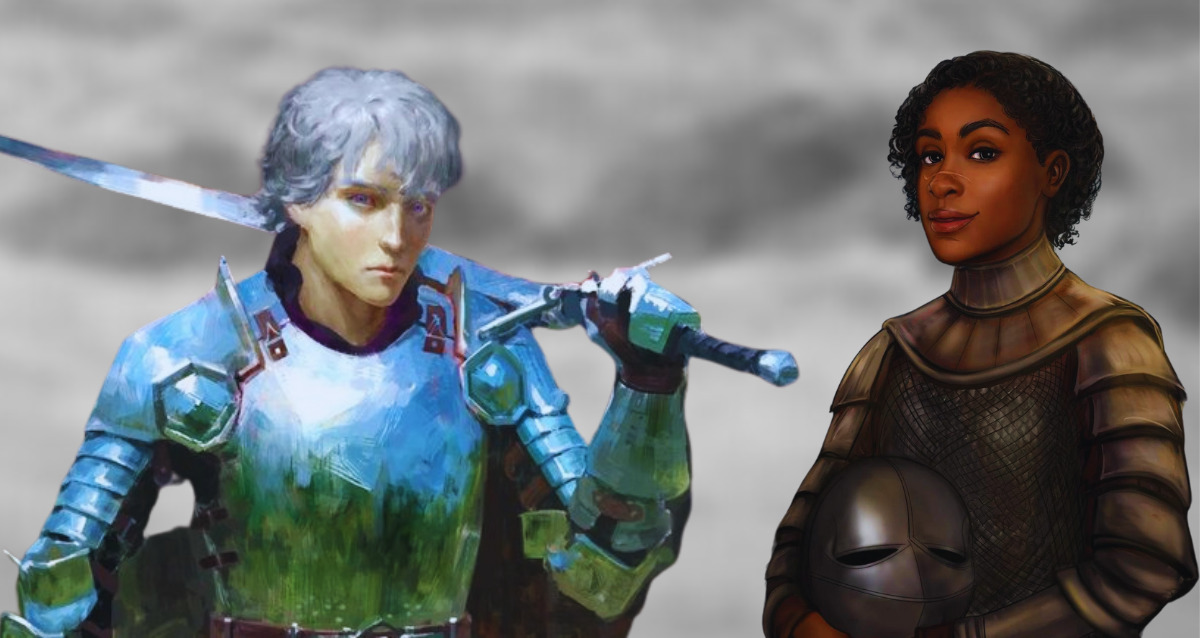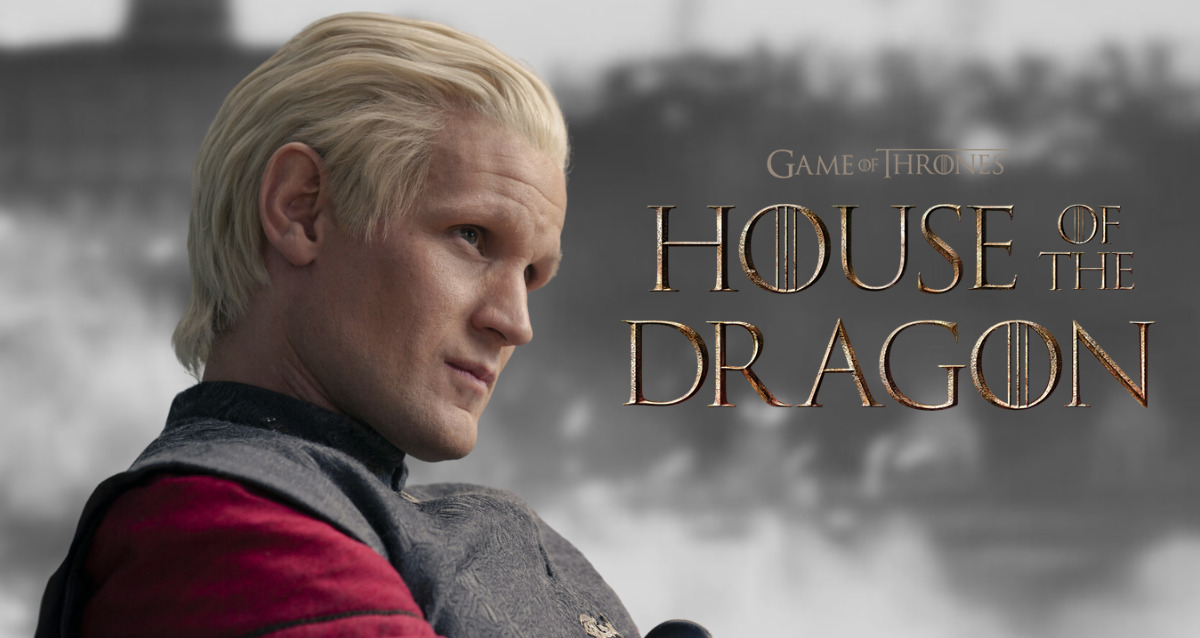Some portions of the original scenes from the script are always left out in the editing room, throughout the adaptation process from a book to a TV series. As House of the Dragon viewers are well aware, it is never a one-to-one process; many characters, plotlines, history, and folklore from George R.R. Martin’s hundreds of pages of books have yet to make it into the HBO program. House of the Dragon showrunners and colleagues Ryan Condal and Miguel Sapochnik, on the other hand, are facing another issue entirely: they’re only using a handful of chapters from Martin’s Fire & Blood for House of the Dragon’s expected four seasons.
Alicent Hightower and Daemon Targaryen are two significant combatants on opposite teams in the upcoming conflict in House of the Dragon season 2, but they have a fascinating background in the novel that the series’s viewers may be surprised to learn. The court jester Mushroom claims in the novel that Daemon deflowered Alicent. The creators of the programme left this narrative as a rumour and only alluded to a romance in HOTD episode 1 when Daemon asks for Alicent’s favour, a way to win a lady’s luck in the tourney, to annoy her father and Hand of King Viserys, Otto Hightower. Considering the writers’ apparent aim for Alicent’s character, excluding this flirtation was the smartest move.
The fact that Daemon may have taken Alicent’s virginity would change the course of House of the Dragon’s storyline drastically. This would mean that Rhaenyra’s relationship with Daemon would have a massive crack, which would be a terrible thing for The Blacks.
Alicent and Daemon’s History In Fire & Blood Book

Mushroom is one of three guys from whom the story of Daemon deflowering Alicent is recounted. Nevertheless, he is considered to possess a flair for theatre and not so surprisingly, a deep fondness for Rhaenyra. Even though all three individuals are prejudiced differently, the readers are left to estimate who is telling the truth. Daemon, according to Mushroom’s version of the story, takes Alicent’s virginity, resulting in Otto, Hand of the King, loathing Daemon.
Mushroom further says that Alicent had affairs with Old King Jaehaerys when he was ill and Viserys before Queen Aemma died. The show’s creators and George R. R. Martin, on the other hand, chose to offer a single historical timeline from across all three views. “Sometimes they all get it wrong – sometimes Mushroom’s even right, by chance,” said House of the Dragon’s writer, Ryan Condal. Rather than portraying Alicent Hightower the House of the Dragons’ counterpart to Cersei Lannister, the showrunners chose to make her a more intriguing character.
Why House of the Dragon Missed This Scene?

In contrast to Cersei, who was vicious and deceptive from the beginning, Alicent’s tale is open to evaluation. If Daemon and Alicent’s supposed connection became true, it might appear like she and Rhaenyra were battling over a guy, which would misrepresent the tale. Not to add that it would have rendered Alicent less likeable and more of a charlatan due to the dedicated and devout image she seeks to project as queen. Rather, the show’s makers decided to depict a sad love tale full of misunderstanding and pride, as Alicent’s misreading of Viserys’ Prince Aegon dream exemplifies.
Alicent and Rhaenyra were going to put their disagreements behind them and reestablish their relationship. Alicent from House of the Dragon is a likeable and fascinating character. If her affair with Daemon was mentioned, she would have become a one-dimensional evil.











